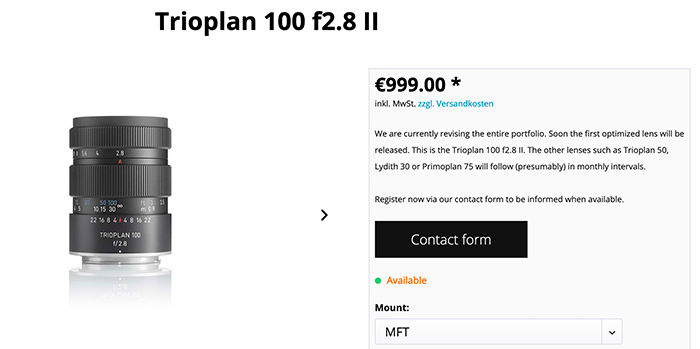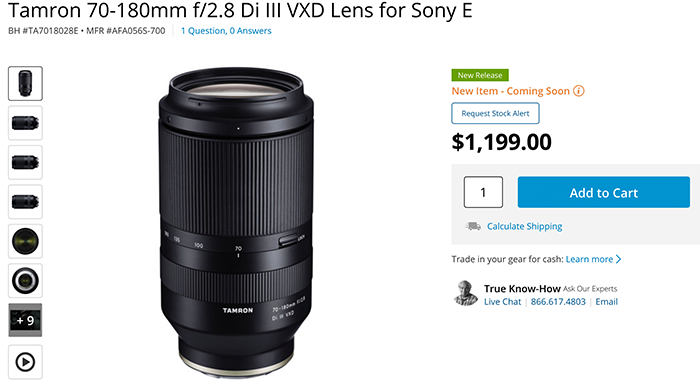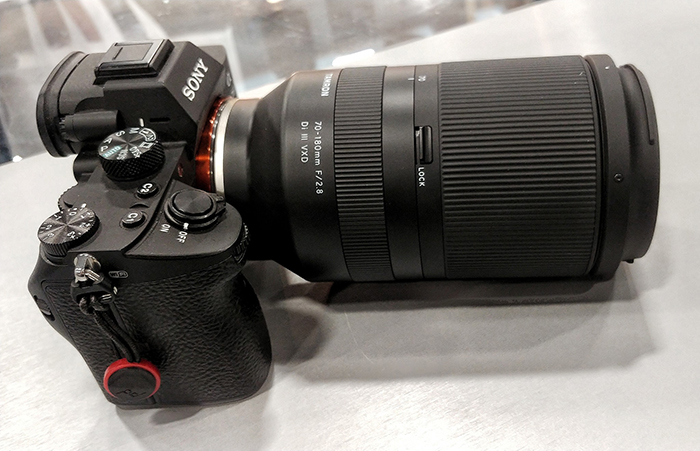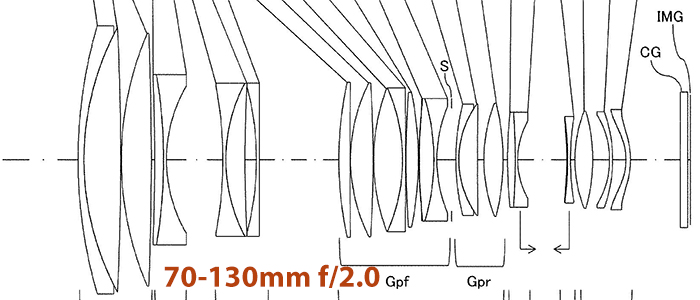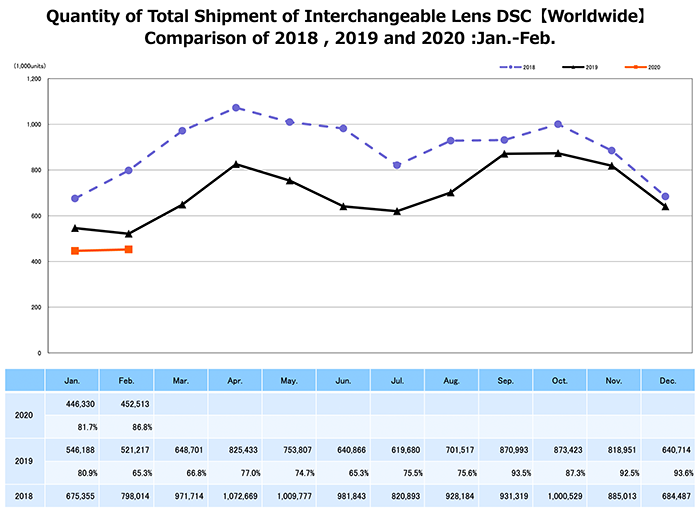Fuji says they must work to make GFX more affordable, smaller and lighter
Cinema5D interviewed Fuji manager Toshi Iida. A couple of takeways:
- The Covid-19 outbreak has nearly no effect on the X-T4 production
- GFX should be made affordable, smaller and lighter
- They also want to expand also video lenses
